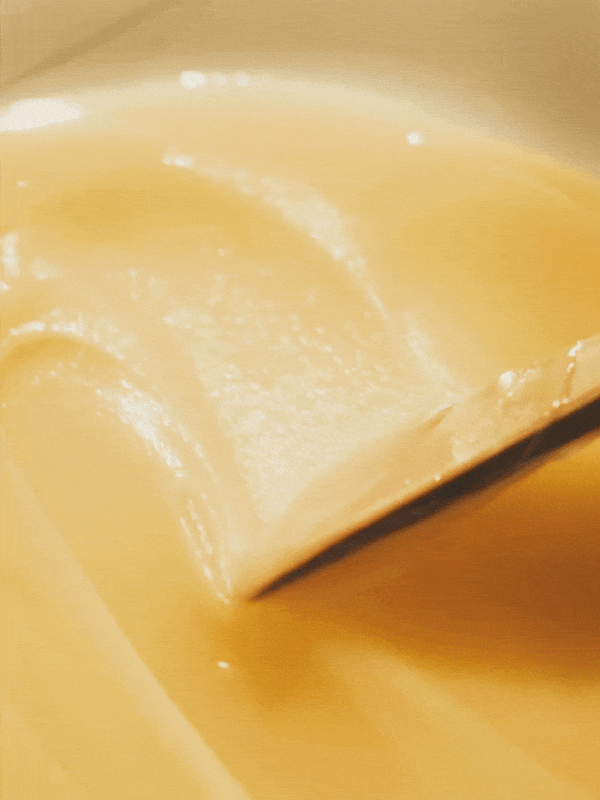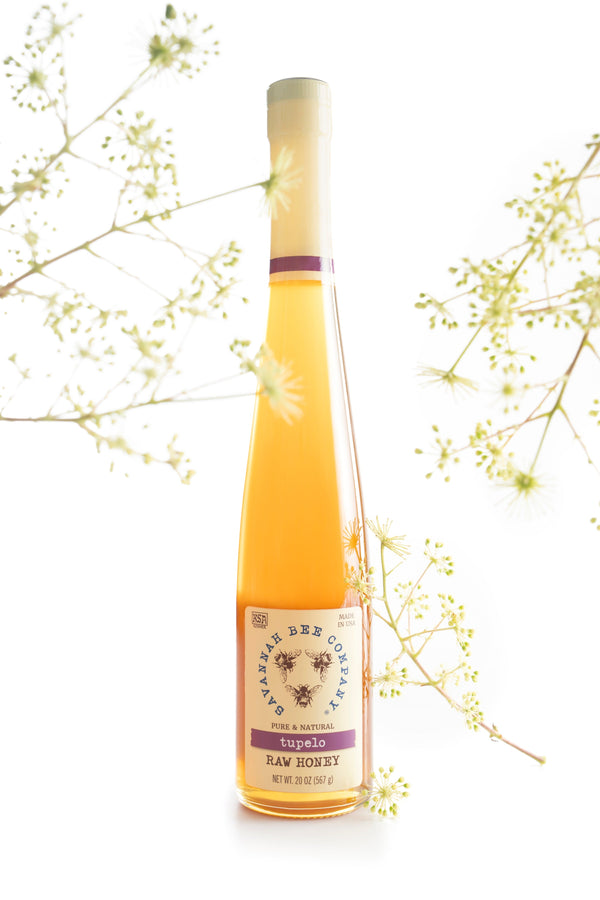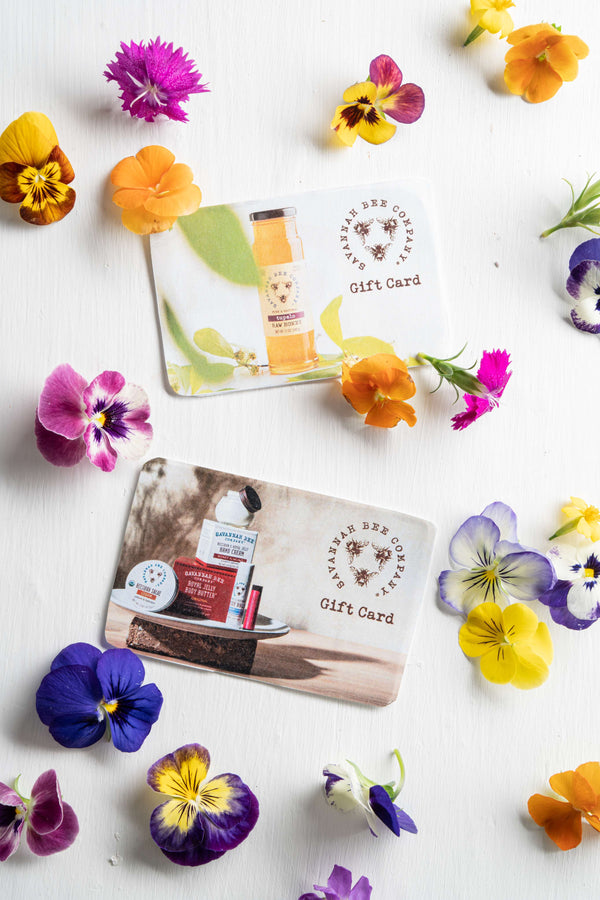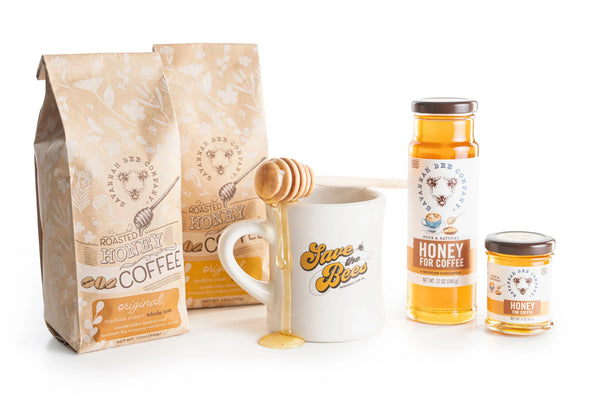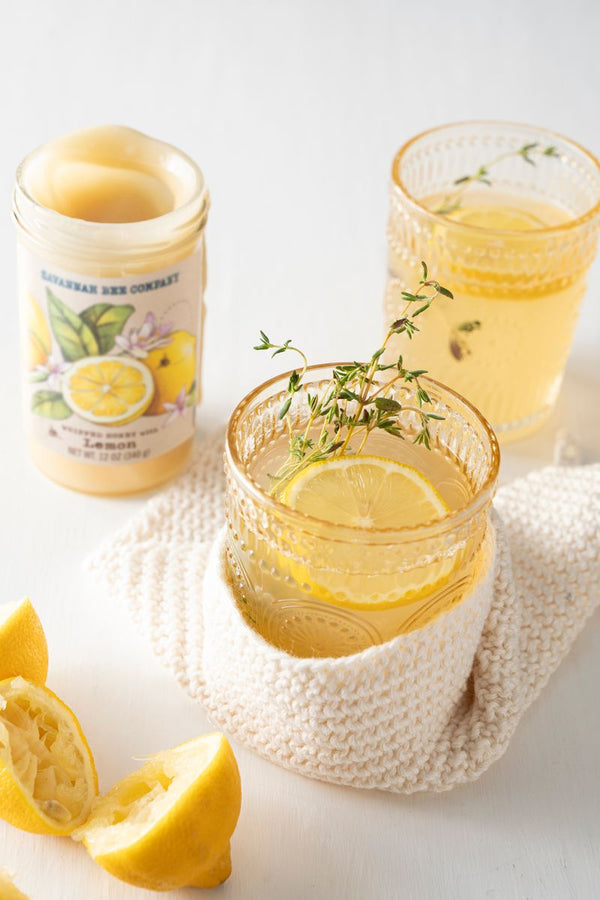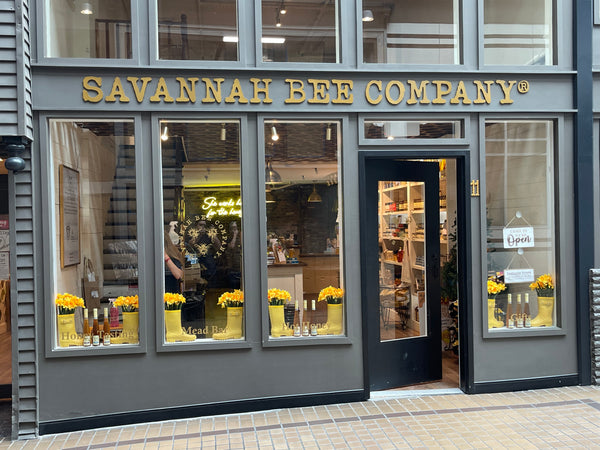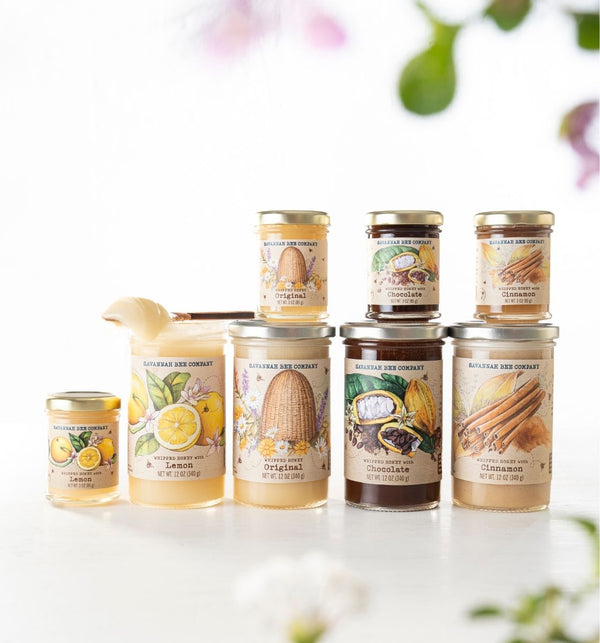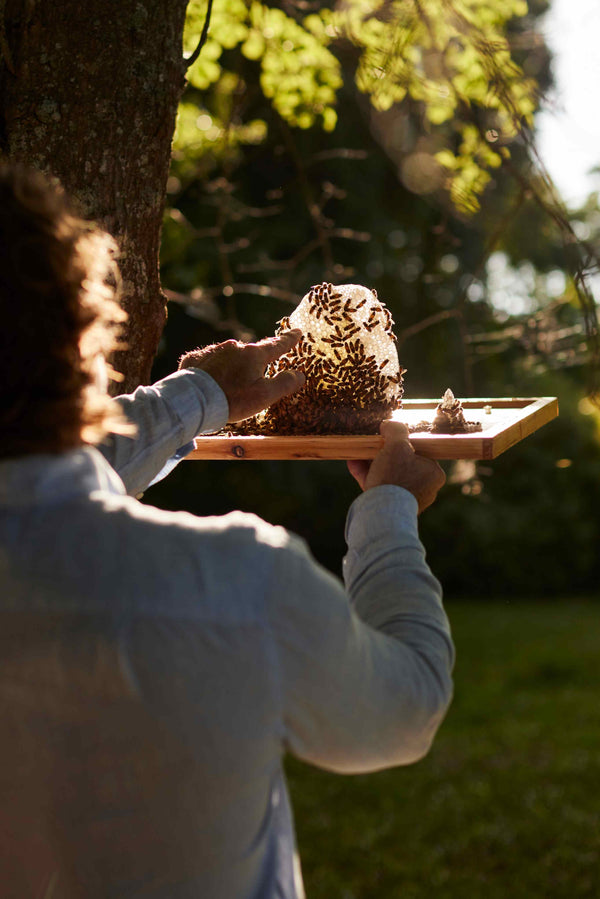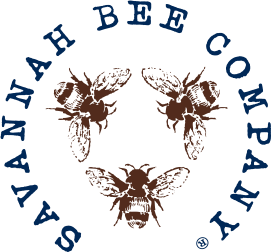Subscriptions
Q: How does subscription work?
A: You’ll receive your order on the schedule you selected. Each shipment comes with a confirmation email just like any regular order.
You can manage your subscriptions; make any changes, pause, or cancel by logging into your subscriptions account platform here.
Honey & Honeycomb
Q: Why is my honey/honeycomb crystallizing?
A: Crystallization is natural and doesn’t affect quality. Gently warm the jar in hot water to return it to liquid.
Crystallization is a natural process in raw, unpasteurized honey—and a sign of purity! It occurs over time due to natural enzymes and varies by honey variety. Honeycomb may also crystallize, as it comes straight from the hive and retains all its natural nutrients.
Q: How can I de-crystallize it?
A: Place the jar or sealed honeycomb in warm (not hot) water, or let it gently warm on a sunny windowsill. Avoid getting water inside.
Crystallized honey is perfectly safe and just as delicious—some even prefer the texture!
Q: Is honeycomb edible?
A: Yes! Honeycomb is completely edible including the wax. You can enjoy it as-is, spread it on toast, pair it with cheese, or stir it into warm foods. The wax is soft, chewy, and safe to eat, though some people prefer to chew it like gum and discard it.
Q: What’s the shelf life of honey?
A: Honey never spoils, but we include expiration dates for retail compliance.
Q: Can honey help with allergies?
A: Many people say yes—especially fresh, raw honey—but the science is still out.
Q: Why can’t babies under 1 have honey?
A: Raw honey may contain spores that can harm infants. It’s safe for older kids and adults.
Bees & Sustainability
Q: Are bees really disappearing?
A: Yes. Habitat loss and pesticide exposure have caused major declines. We work to protect pollinators through education and action.
Q: What should I do if there’s a swarm in my yard?
A: Don’t worry, swarms are usually harmless. Contact a local beekeeper for removal.
Body Care Products
Q: Do you use sulfates or parabens?
A: No. Our formulas are clean, gentle, and never tested on animals.
Q: Are Savannah Bee products vegan?
A: Not quite—many include hive ingredients like honey and beeswax.
Q: Do your body care products expire?
A: Yes. We print the manufacture date, not an expiration date. For best quality, we recommend using products within 1 year of opening or by the following time frames from the manufacture date:
-
24 months: Body Balms, Salves, Heel Balm, Lip Balms
-
30 months: Body Butters, Body Lotions, Hand Creams
-
36 months: Charcoal Cleanser, Rejuvenation Treatment
-
48 months: Hand Soaps
Store in a cool, dry place for maximum shelf life.
Allergens
Q: Are your facilities nut-free?
A: Yes. Please find below all allergen information:
Our honey products are made in a facility free from 8 major U.S. allergens: milk, egg, fish, shellfish, peanuts, tree nuts, wheat, and sesame.
Soy is used only in our seasonal Whipped Pumpkin Spice Honey. All other honey products are allergen-free.
We maintain strict allergen controls, including separate equipment for honey and honeycomb, sealed storage, and allergen swab testing after each batch.
Note: Raw honeycomb may contain trace pollen, which can cause rare allergic reactions. Our liquid and whipped honeys are filtered to remove pollen.
Q: Can people with pollen allergies use your honey?
A: Liquid and whipped honeys are filtered to remove most pollen. Raw honeycomb may still contain trace amounts. For any medical concerns, please check with your trusted health care professional.
Promotions & Discounts
Q: Can I stack multiple promotions or use rewards and a coupon?
A: No. Only one discount or promotion may be applied per order. However, rewards can be redeemed on all orders.
Q: Can I apply a promotion to a past order?
A: Promotions must be applied at checkout and cannot be used retroactively.
Q: Do promotions have restrictions?
A: Most are time-limited and exclude subscriptions, gift cards, or sale items. You can view full Promotions Terms here.
Royalty Rewards
To explore earning and redeeming points, referral perks, and your tier status, visit our Rewards FAQ.
Fraud Protection
If you suspect a fraudulent order or received a notification about one, contact us immediately at info@savannahbee.com.
Need Help?
Reach us at info@savannahbee.com or call 1-800-955-5080; Monday – Friday, 8:30 AM – 5:00 PM Eastern Time
We’re here to help you enjoy the buzz.
Savannah Bee Company



